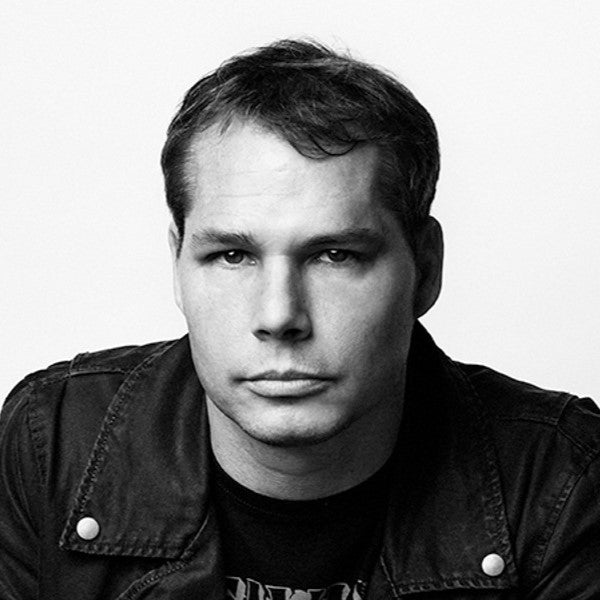Introduction
Neville Brody, a graphic designer known for his rebellious approach to typography, helped shape the raw, gritty aesthetic of 90s grunge. Through his work on The Face magazine and his innovative fonts, Brody redefined what typography could be. His designs combined edgy, experimental type with bold layouts, capturing the underground spirit of the 90s and inspiring a new generation of graphic designers.
The Early Years: A Passion for Typography and Experimentation
Brody was born in London in 1957, growing up in an era when design was still largely conventional. His early work reflected a love for experimental typography, challenging traditional rules of readability and symmetry. Brody’s work wasn’t about following trends; it was about creating something raw and impactful. His interest in pushing typographic boundaries would soon make him a pioneer of the grunge aesthetic.

Breaking Boundaries with Typography
In the 1980s and 90s, Brody’s work with The Face magazine made waves in the design world. As art director, he used typography to set a rebellious, cutting-edge tone, redefining the magazine’s visual identity. His designs incorporated bold, distorted fonts and experimental layouts that captured the anti-establishment energy of the grunge era. Brody’s work turned typography into an art form, making The Face a cultural icon and an essential read for anyone interested in underground music, fashion, and art.


Through The Face, Brody introduced a gritty, chaotic aesthetic that was the perfect visual counterpart to the music and culture of the time. His typographic experiments inspired a generation of designers, encouraging them to explore new possibilities for fonts, layouts, and visual storytelling.
Font Design and Global Impact
Brody didn’t just make waves in magazine design—he went on to create iconic fonts that defined the 90s. His typefaces, such as Arcadia and Insignia, became widely popular, used in everything from album covers to advertisements. These fonts had a rebellious, almost confrontational quality, reflecting the cultural climate of the time.

Brody’s influence extended internationally as he worked with brands like Nike and collaborated on projects in Europe, Japan, and beyond. His style challenged conventions and encouraged designers around the world to see typography as a tool for self-expression and storytelling.
Fun Facts About Neville Brody: The Man Behind the Fonts
While Brody is known for his intense, gritty designs, he also has a softer side. An avid lover of jazz music, Brody often draws inspiration from the improvisational style of jazz musicians. He’s also a strong advocate for arts education, believing that creativity should be accessible to all. Brody has mentored many young designers, encouraging them to experiment and embrace their unique styles.
Typography as Art

Neville Brody’s work transformed typography from a design element into a form of art. His impact can be seen in countless fonts, logos, and layouts that embrace chaos and experimentation. For those who love the unconventional and appreciate the art of typography, Brody’s work remains a source of inspiration.
His legacy reminds us that design is about more than just visuals; it’s about creating something that speaks to the culture and emotions of its time. Brody’s typographic style helped define the 90s and continues to influence designers today.

Neville Brody’s Enduring Impact on Design
Neville Brody’s career is a testament to the power of typography as a form of expression. His fearless approach to design encouraged generations to embrace creativity without boundaries. Brody’s work remains a reminder that fonts and layouts can tell stories, evoke emotions, and inspire change. For those who find beauty in the raw and the unconventional, Brody’s work is an invitation to push the limits and redefine what design can be.
____________
This article is part of our Innovator Spotlight series, dedicated to highlighting the biggest influences in artistic creation. Meet the other architects who helped shaped the childhoods of the 80s, 90s, and Y2K beyond:

























